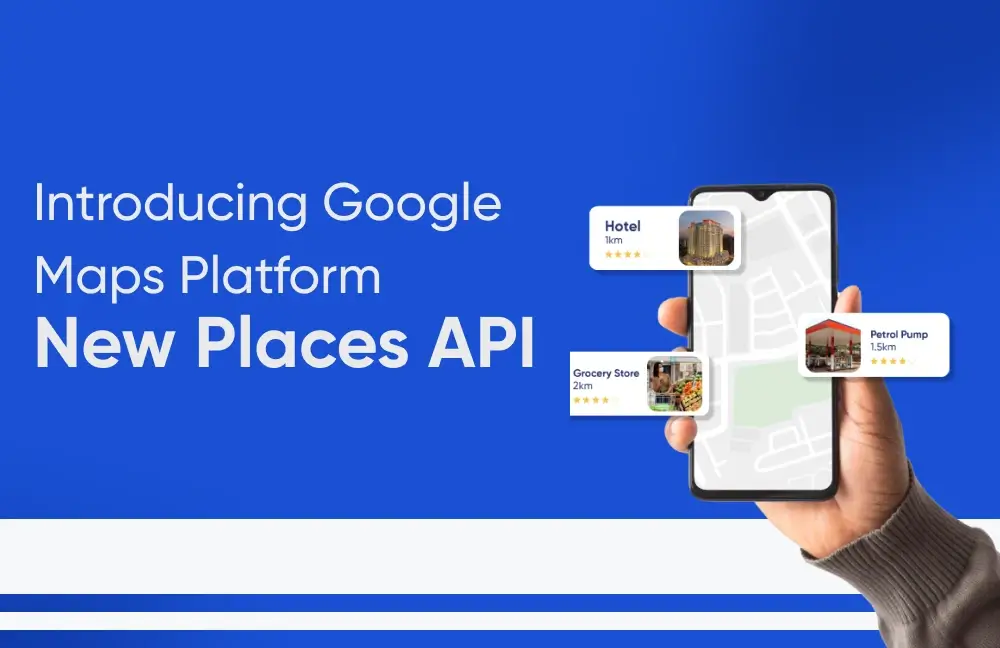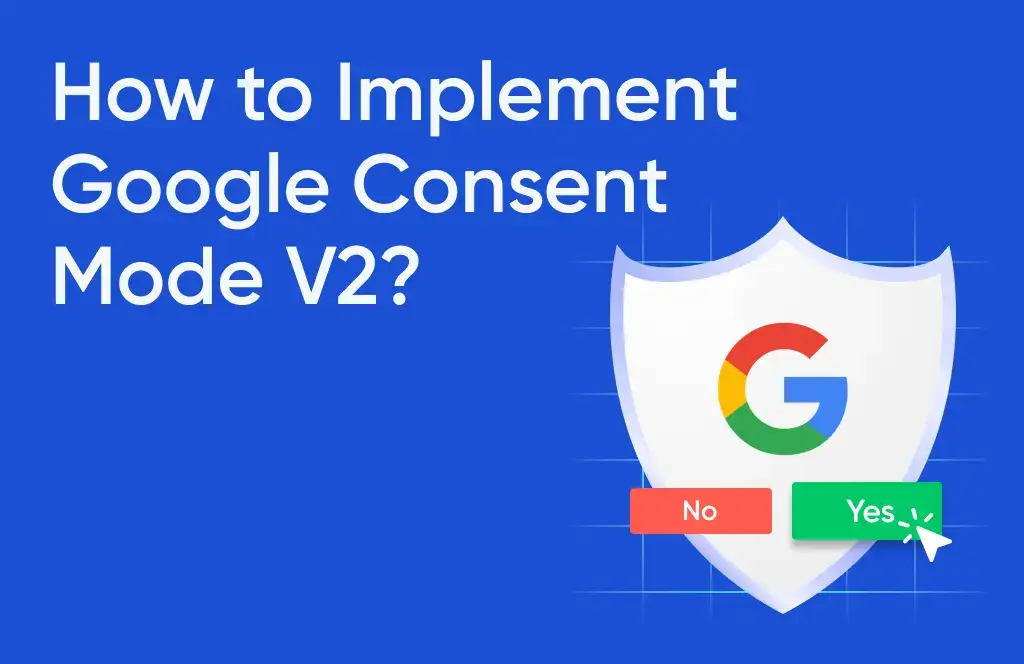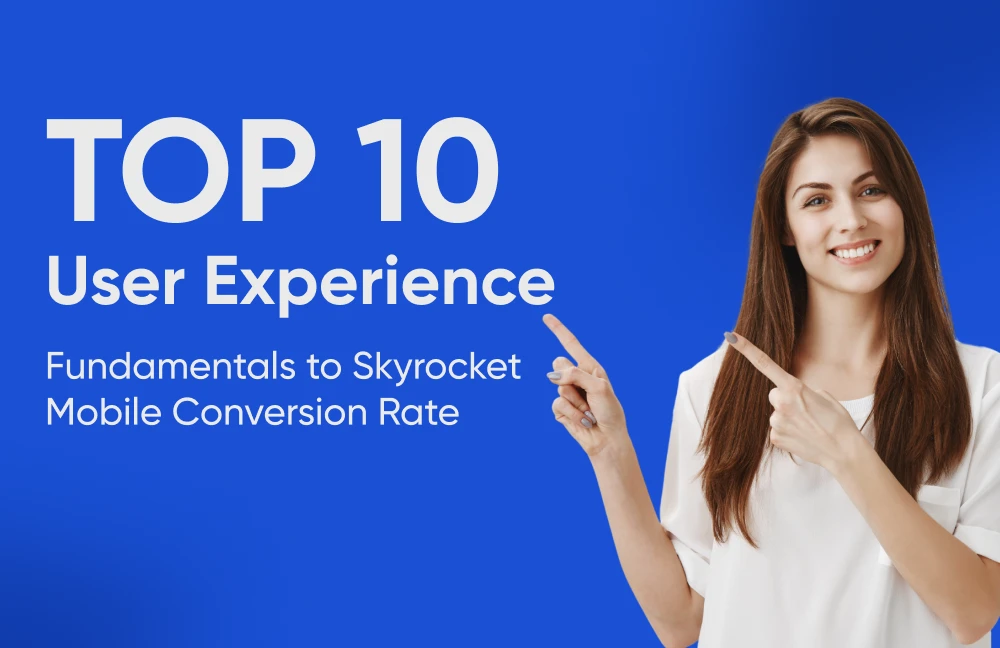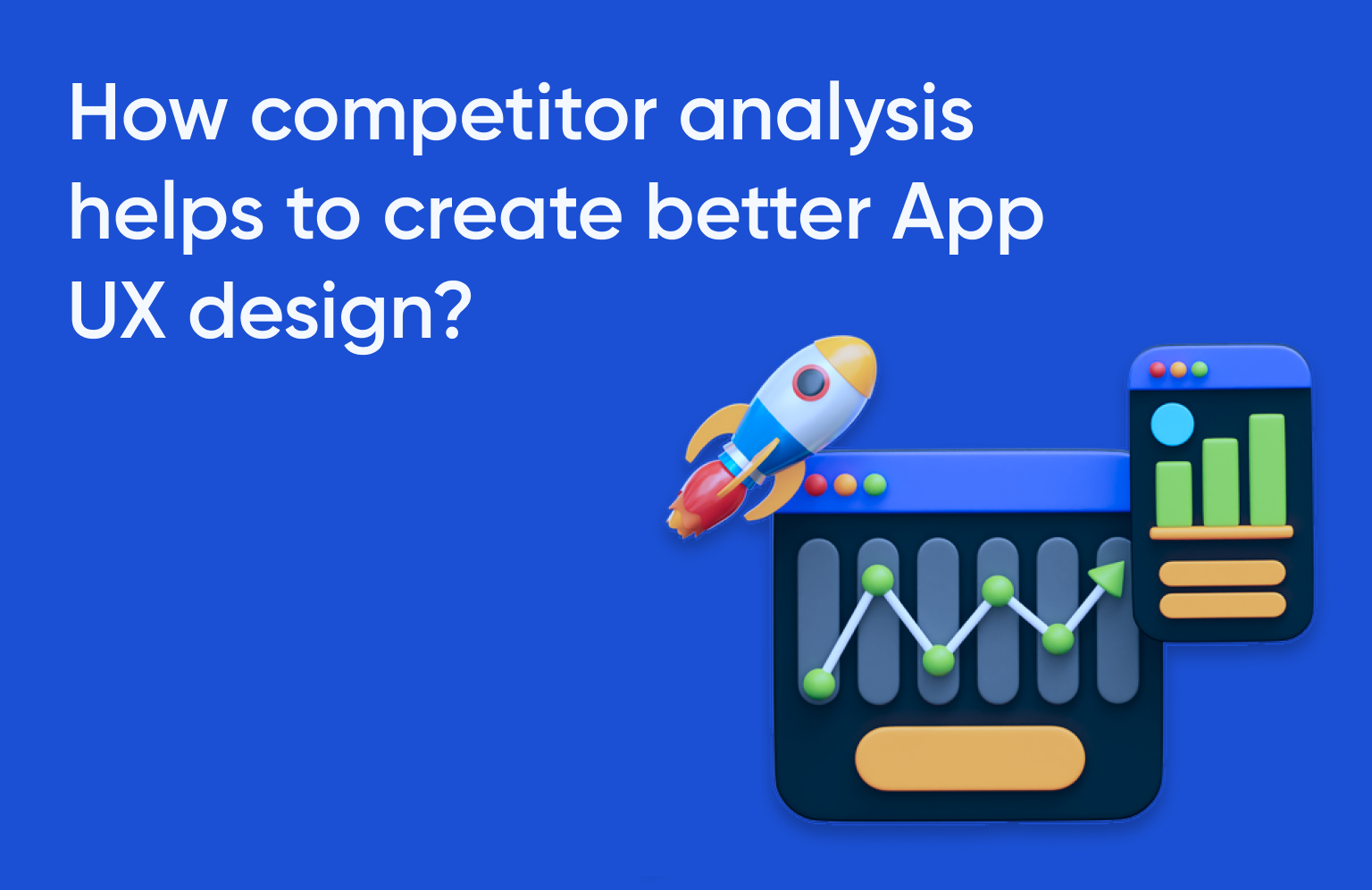Measuring the conversion potential of a website is crucial for businesses striving to maximize their online success. With numerous metrics available, it can be overwhelming to determine which ones to focus on. However, by understanding and tracking key CRO metrics, you can gain valuable insights into your website’s performance and make informed decisions to optimize its conversion potential.
CRO becomes an essential practice for any organization aiming to extract maximum value from its online presence. However, CRO is no shot in the dark; it’s a science guided by precise metrics, drawing upon our extensive experience as CRO Specialists across various industries.
These metrics are the building blocks of trustworthiness, serving as a beacon for optimizing your website’s conversion potential.
Here’s a deep dive into the key CRO metrics:
1. Conversion Rate (CVR):
This metric measures the percentage of visitors who take desired actions. A higher CVR translates to seamless user experiences, bringing more revenue and leads from the same traffic. Continually tracking and enhancing CVR ensures efficient traffic utilization and superior user experiences.
Example: If an e-commerce site receives 2000 visitors in a month and has 50 sales, the conversion rate would be 50 divided by 2000, or 2.5%.
2. Bounce Rate:
A high bounce rate signifies issues with content relevance or design, as it represents the percentage of visitors who land on a page and leave without further interaction. Creating compelling content, an attractive design and a clear call-to-action can enhance user-friendliness and reduce the bounce rate.
Example: If 1000 people land on the homepage, and 600 of those people leave without visiting any other pages, then the bounce rate of the homepage is 60%
3. Exit Rate:
Different from the bounce rate, the exit rate highlights pages from which users exit after some form of interaction. Identifying and addressing these exit points is crucial for reducing abandonment and improving the user journey.
Example: If a user lands on the homepage of a website and then navigates to the product page, which has 1000 pageviews, and 300 of those people leave from this product page, then the exit rate of the product is 30%.
4. Funnel Conversion Rate:
This metric evaluates the effectiveness of multi-step processes, such as sales or lead generation funnels. It indicates the percentage of users progressing through each funnel step, helping identify bottlenecks and optimizing individual steps for an overall enhanced user experience.
Example: If 1,000 users visited an online store and 50 of them made a purchase, the funnel conversion rate would be 5%.
5. Form Completion Rate:
Measuring the percentage of users who successfully submit a form is vital for lead generation and data collection. A high form completion rate suggests an efficient form design that ensures a user-friendly experience, improving user interaction and lead generation.
Example: If 100 visitors have started filling out the form and only 10 of them have completed it, then our form completion rate is 10%.
6. Average Order Value (AOV):
Particularly significant for e-commerce, a higher AOV indicates users buying more products in a single transaction, resulting in improved revenue and profitability. Strategies like upselling related products or offering bundle discounts can enhance revenue without increasing traffic and marketing expenses.
Example: Let’s say that in the month of September, a web store’s sales were Rs. 3,10,000 and had a total of 1,000 orders. Rs. 3,10,000 divided by 1,000 = Rs. 310, so September’s monthly AOV was Rs. 310.
7. Cart Abandonment Rate:
This critical metric represents the percentage of users who add products to their shopping carts but exit the website without completing the purchase. High abandonment rates directly impact revenue and sales funnel effectiveness. Identifying the reasons behind cart abandonment and taking corrective actions are essential for e-commerce growth.
Example: Let’s say a business recorded 100 completed purchases within the month, and 800 shopping carts opened, which equates to 12.5% completed transactions. Then, the cart abandonment rate is simply (1 – 12.5%) = 87.5%
8. Click-Through Rate (CTR):
Often associated with digital advertising and email marketing, CTR measures the percentage of users who click on a link, call-to-action, banner, etc. A higher CTR indicates compelling content, a persuasive CTA, and an effective design that drives user engagement. By optimizing CTR through appealing visuals and persuasive copy, you can improve the conversion rate and overall marketing success.
Example: If our Ad had 5 clicks and 100 impressions, then the CTR would be 5%
9. Traffic Source:
Different traffic sources bring visitors with varying intentions and behaviors to your site, whether from organic search, paid advertising, social media, or referrals. Analyzing this traffic and its interactions with your website helps in crafting CRO strategies tailored to specific audience segments. This data-driven approach ensures that CRO efforts align with the diverse preferences and expectations of various visitor groups.
Example: The visitors can be organic, which comes from direct search, or paid traffic, like visitors from Google ads, Facebook ads, etc.
10. Page Load Time:
The speed at which your pages load is a crucial component of CRO. A high page load time can lead to increased bounce rates and cart abandonments. In today’s fast-paced digital landscape, users expect fast, highly responsive web pages. Speedy pages not only retain visitors but also improve search engine rankings, bolstering organic traffic. According to a study conducted by SOASTA, ‘The State of Online Retail Performance’ in April 2017, a one-second delay in mobile page load can lead to a 20% drop in conversions.
11. Scroll Depth:
Analyzing how far down visitors scroll on a webpage helps determine whether the content is capturing their attention and keeping them engaged. This analysis guides the optimization of content placement on a page, ensuring that crucial information and CTAs are positioned where users are most likely to notice them. It empowers the fine-tuning of your website’s layout and structure based on user interactions.
Example: If a user were to scroll halfway down a page and then leave, that user’s page session would have a scroll depth of 50%.
12. New vs. Returning Users:
Distinguishing between the behaviour of new users and returning users is crucial. New users are potential customers in the early stages of their journey, focused on initial impressions and trust-building.
Returning users, on the other hand, are more familiar with the brand, products, or services and may seek deeper engagement. Tailoring strategies based on this difference ensure more effective CRO efforts, fostering trust, loyalty, and long-term success. For new users, the emphasis may be on user-friendly navigation and persuasive messaging, while returning users may appreciate loyalty incentives and personalized content.
13. Average Time on Page:
This metric offers insights into user engagement and content relevance. A longer average time on the page suggests that visitors find the content interesting and engaging.
It helps identify less engaging pages, and a longer time on the page may also boost SEO rankings, as search engines interpret it as a sign of high-quality content. Optimizing pages for a longer average time ensures the content is captivating enough for visitors to absorb the information and respond to the CTA, ultimately enhancing the conversion funnel.
Example: If 100 users viewed a page and their total time spent on the page was 700 seconds, the average time on page for that page would be seven seconds.
14. Average Session Duration:
Session duration reflects the quality of a visitor’s experience on your site. A longer session indicates higher user engagement, as visitors spend more time exploring your site’s content, providing more opportunities for interaction with content and CTAs.
For content-driven websites, a longer session duration signifies that users find valuable information. Optimizing for longer session durations helps build a loyal user base, contributing to the success of CRO efforts.
Example: If a site had 100 sessions in a given day, and the total duration of those sessions was 5000 minutes, the average session duration would be (5000/200) = 50 minutes.
15. Pages Per Session:
Measuring the depth of user engagement, this metric indicates the extent to which visitors explore your website.
A higher number of pages per session often leads to increased conversions, as these users are more likely to interact with key site elements like forms or CTAs. Optimizing for a greater number of pages per session ensures users have a comprehensive and persuasive journey, increasing the likelihood of users taking desired actions and ultimately enhancing key KPIs.
16. Customer Lifetime Value (CLV):
This metric shifts the focus from short-term gains to long-term profitability. It assesses the total value a customer brings throughout their entire relationship with a business.
To enhance this metric, it’s essential to focus on improving the user experience, converting visitors into customers, retaining existing customers, and encouraging repeat purchases. A higher CLV indicates greater revenue and sustainable growth, emphasizing quality over quantity and customer satisfaction over quick wins.
Example: If we spend Rs. 1,000 to acquire a new customer, and over the course of their relationship, the customer generates Rs. 20,000 in revenue, then the CLV would be Rs. 20,000.
Conclusion:
The choice of metrics depends on the specific goals of your organization, so it’s crucial to have a clear understanding of what you aim to achieve with your CRO engagement. Furthermore, it’s vital to monitor these metrics over time and make data-driven decisions to optimize your conversion rates continually.






